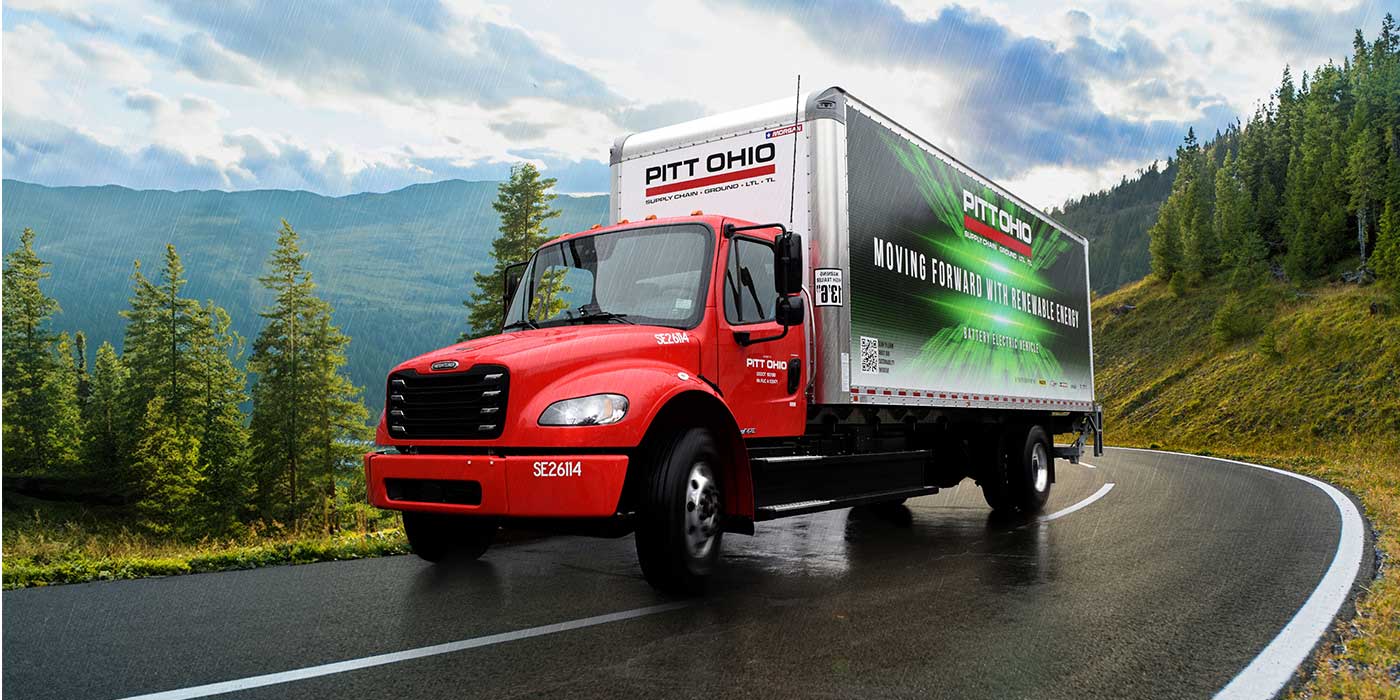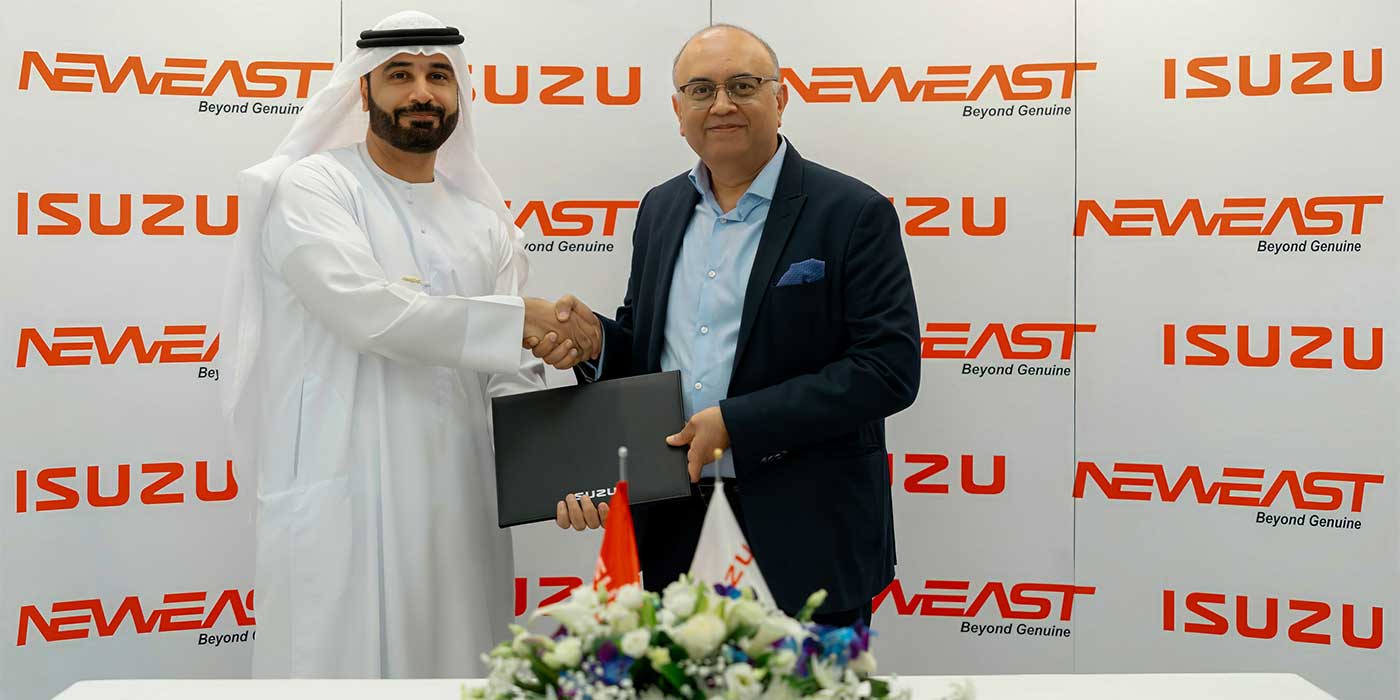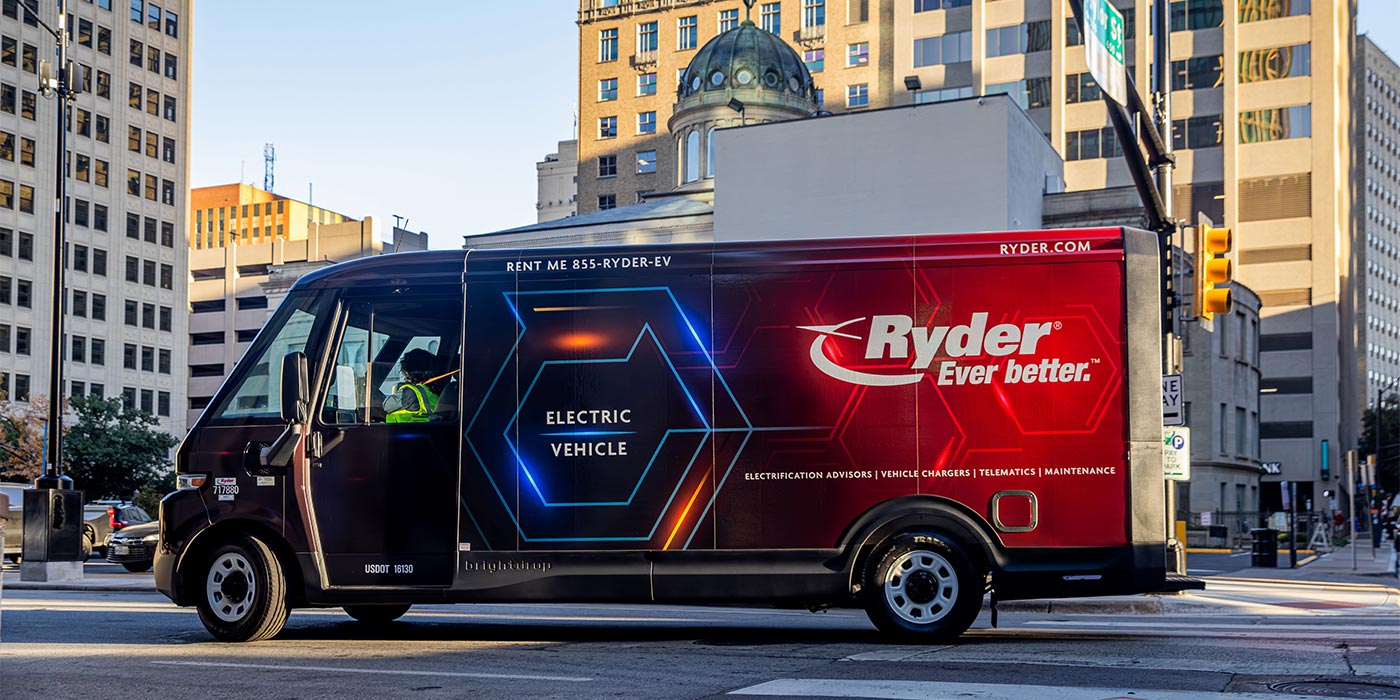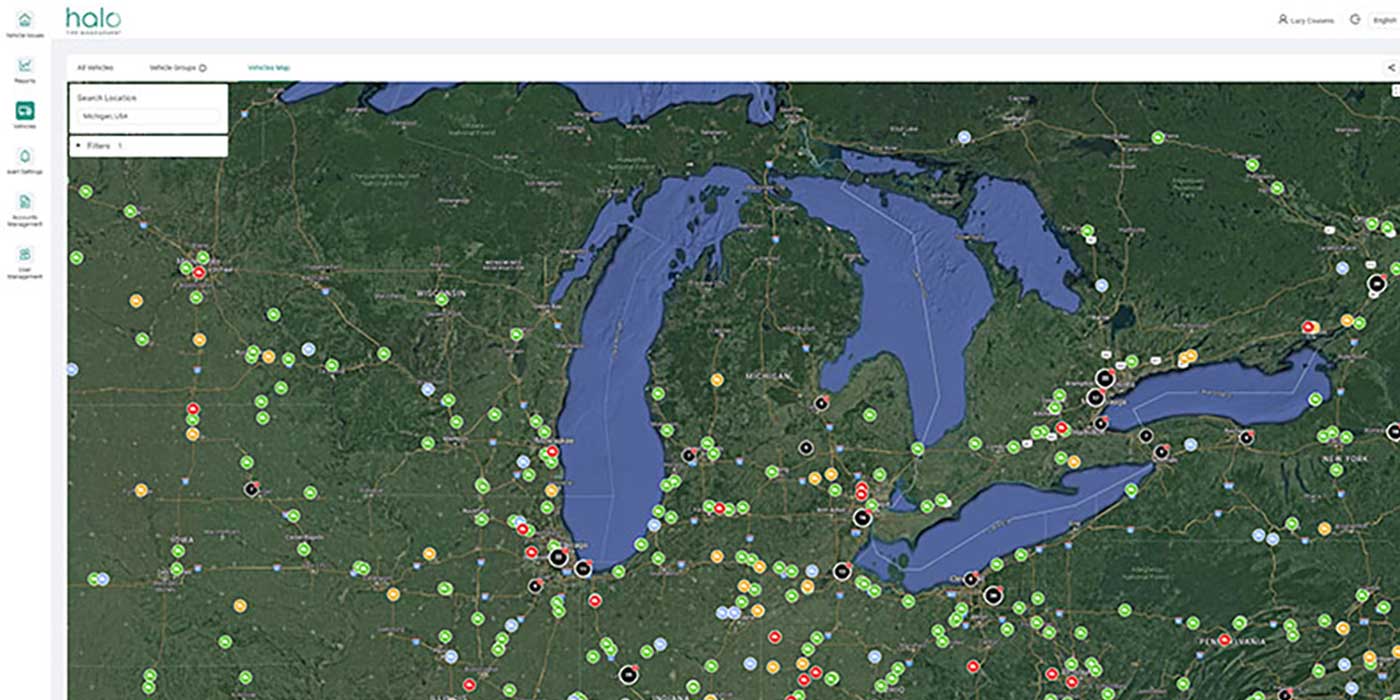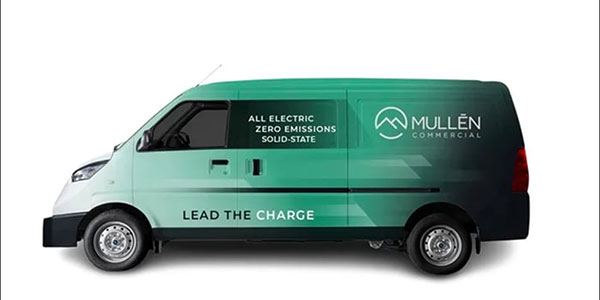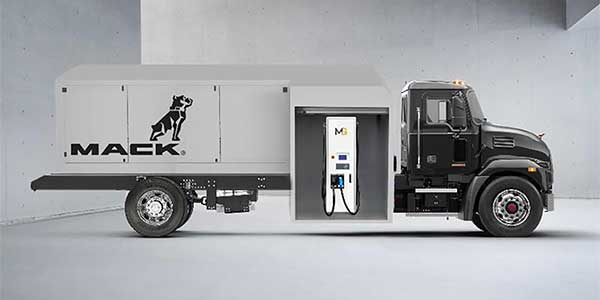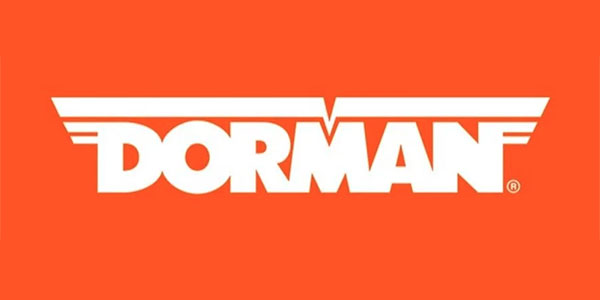Earlier in 2015, as part of a larger package of energy legislation, a bill introduced to fund research and development of alternative fuels and advanced vehicle technologies passed the Senate Energy and Natural Resources Committee. At the end of the year, H.R. 4106, the Vehicle Innovation Act (VIA), was brought to the House of Representatives. That bill also aims to earmark funds and create truck-specific programs within the Department of Energy (DOE).
This can and should have a profound affect on the next generation of light- and medium-duty trucks. VIA legislation, which is technology-neutral, would support the science and industry needed to improve vehicle fuel economy and minimize petroleum use. It calls for DOE’s Vehicle Technologies Office “to partner with light-duty automobile, medium- and heavy-duty commercial truck engineers, manufacturers and suppliers to conduct research that will help advance the future of fuel-efficient cars and trucks.”
According to NTEA, which supports the VIA legislation, the bill would “require DOE to conduct a program of basic and applied research, development, engineering, demonstration, and commercial application activities on materials, technologies and processes with the potential to substantially reduce or eliminate petroleum use and emissions of the nation’s passenger and commercial vehicles.
“To the maximum extent practicable, activities under this Act would be carried out in partnership or collaboration with automotive manufacturers, heavy commercial, vocational and transit vehicle manufacturers, qualified plug-in electric vehicle manufacturers, compressed natural gas vehicle manufacturers, vehicle and engine equipment and component manufacturers, manufacturing equipment manufacturers, advanced vehicle service providers, fuel producers and energy suppliers, electric utilities, universities, national laboratories and independent research laboratories,” the association also noted.
Want to read more Seth Skydel columns and feature stories? Of course you do! Click here to do so.
In addition to NTEA, a growing and wide range of manufacturers, industry related associations and environmental groups have indicated their support for the VIA, including the Auto Alliance, Motor and Equipment Manufacturers Association, UAW, BlueGreen Alliance, League of Conservation Voters, Union of Concerned Scientists, Natural Resources Defense Council, Sierra Club, American Automotive Policy Council, and the Electric Drive Transportation Association.
There is good reason for the widespread support for VIA. “For the work truck industry to compete globally and continue to meet the needs of vocational truck users, it will need to employ advanced technologies and deploy more alternatively fueled trucks,” said Steve Carey, NTEA’s executive director. “The Vehicle Innovation Act will support continued public-private partnerships and drive research that will keep us competitive and help us get more fuel-efficient trucks on the road.”
NTEA also aims to help fleets prepare for advanced and alternative technologies during the upcoming Work Truck Show and Green Truck Summit, set for March 1–4 in Indianapolis.
This year, a combined educational package for the concurrent events includes alternative fuel and advanced technology topics, such as the advantages of propane autogas, CNG, telematics, new developments in greenhouse gas regulations and other cutting-edge innovations for vocational trucks. At the “Technology Solutions Almost Within Reach” session, for example, experts will provide insights and up to date information on driverless vehicles, advanced batteries, in-motion charging and fuel cells.
Also at the Green Truck Summit, fleet representatives will share their real-world experiences selecting and deploying new truck technologies. Fleet managers can learn why their peers choose specific technologies at “Low-Cost, Big-Payback Solutions from Fleets,” and hear about alternative fuel implementation developments at the “Work Truck Trends and Outlook for Alternative Fuel Technology” session.
Attendees can also get their technical and regulatory questions answered by NTEA staff and see the newest efficiency-boosting products from suppliers at the Truck Productivity and Fuels Pavilion in the Work Truck Show exhibit hall. The exhibit will serve as a showcase of the latest vocational trucks, vans, vehicle components and equipment.


